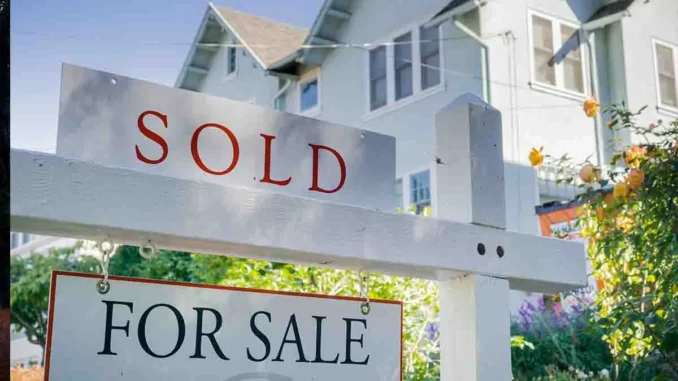
Following July’s mini rally, home prices posted a 2.6% annual gain in August, according to the S&P CoreLogic Case-Shiller Home Price Index. Month-over-month, the U.S. National Index posted a seasonally adjusted increase of 0.9%, while the 10-City and 20-City Composites posted a 1% increase each.
The August level was the highest recorded since the index began in 1987.
“U.S. home prices continued to rise in August 2023,” Craig Lazzara, managing director at S&P DJI, said in a statement. “Our National Composite rose by 0.4% in August, which marks the seventh consecutive monthly gain since prices bottomed in January 2023. The Composite now stands 2.6% above its year-ago level and 6.4% above its January level. Our 10- and 20-City Composites each also rose in August, and likewise currently exceed their year-ago and January levels.”
In August, pending home sales, existing home sales and new home sales all fell compared to the previous month, as mortgage rates climbed and inventory remained scarce. During the first week of June, mortgage rates were at 6.79%. They climbed to 7.23% in August, according to Realtor.com Senior Economic Research Analyst Hannah Jones.
The median existing-home sale price rose 2.8% in September year over year to $394,300, according to the National Association of Realtors.
Home prices are still cold in the desert
Per the Case-Shiller index, Chicago in August posted the highest annual gain among the 20 cities for the fourth consecutive month. Meanwhile, 12 out of the 20 cities posted higher year-over-year prices. Seven of 20 cities reported lower prices.
Chicago (+5.00%), New York (+4.98%) and Detroit (+4.8%) were the three best-performing metropolitan areas in August. The worst performing metropolitan areas were located in Las Vegas (-4.9%) and Phoenix (-3.9%). Broken down regionally, the Midwest (+3.9%) remained the strongest region, followed by the Northeast (+3.8%). The West (-0.9%) and Southwest (-0.8%) remained the weakest regions.
The Case-Shiller index measures repeat sales data and reflects a three-month moving average, meaning that the August data includes homes that went into contract in June.
Affordability becomes a major issue in the current housing market
Mortgage rates near the 8% level combined with limited inventory and high home prices make for historic affordability challenges, Bright MLS Chief Economist Lisa Sturtevant noted in a statement.
According to NAR’s Affordability Index, affordability is nearing record low levels and has been declining since the beginning of 2023. With the increasing cost of mortgages, the monthly payment for a typical homebuyer jumped by $1,000 since March 2022, Sturtevant said.
While no one wants to see home prices crash, Sturtevant suggested that “it is important for home price growth to start to track more closely with income growth to promote a healthy housing market and to ensure a broad range of individuals and families have access to homeownership.”
However, the lack of supply remains the key issue.
“Without more housing, affordability is going to remain a challenge for the foreseeable future,” Sturtevant added.

